Christopher Johnstone
Christopher Johnstone
The Tartan Suitcase
I always considered myself half Austrian because my mother was Viennese. It was the other half that confused me a little; my father came from a very long line of lowland Scots but he was actually English, which I never felt myself to be, especially as I only spent a few years in England as a child.
Neither was being born in Sydney of much significance because I was there barely a year before my parents continued on to Viña del Mar in Chile, where we lived there until, in early 1950, my mother left with me – without my father - aboard the MS Salamanca bound for England. It was 11 years after she first arrived in England, with her mother Mitzi, as refugees from Hitler's Austria.
In the intervening years Dita - born Edith Schramek - had become more English than the English, but she was still - and remained all her life - "exotic". Any German-speaking refugee learned English very quickly and equally quickly suppressed as much as possible any remnant of a German accent for obvious reasons.
Dita Schramek, 1937
Dita with her father Louis, 1934
Dita with her mother, Mitzi.
Not long after the liberation of Theresienstadt by the Russians on 8 May 1945, my family received a letter from Louis, my grandfather, aged 74, who had miraculously survived incarceration there. But Mitzi did not return to Vienna immediately, remaining in London until my mother's marriage to my father Tony in Hampstead in December the following year. Many years later he recalled to me that it was only when they signed the register that he learned that my mother was not only Austrian but Jewish. They had met at the Linguists’ Club near Marble Arch a few months before where she told him she was Canadian.
Fast forward to my mother's death in 2004 in Killyleagh, Northern Ireland, where she had moved with her third husband in 1959 and where I spent much of my teens, attending boarding school there as I had for my entire school years.
My wife and I had planned to visit her for a couple of weeks before going on to London. But on our arrival in Dublin we learned that she had died overnight. Dita lived her last years in a small but comfortable little cottage in a pretty community housing development. Suddenly, we were under huge pressure to clear the house since our onward flights were booked. At last, we had only the attic to go through, a jumble of mostly empty cardboard boxes. But, by a mere fluke of chance, we spied buried amongst them a child's red tartan cloth suitcase. It was locked with a little padlock so we cut it open to see what it contained; here were all my mother's Schramek and Decker family documents and photographs from both pre- and post-war Austria and Mitzi and Dita’s early UK documentation. Later I remembered that I had seen the suitcase many years before in one of our former homes but had not known the contents.
We excitedly went through everything and soon realised that besides birth, marriage and death certificates, some of the most precious items were my grandfather Louis' Theresienstadt ID and the papers he required for his repatriation to Austria and subsequently. What was not in the trove was anything to do with the actual escape of my grandmother and mother from Vienna; the first relevant documents were their entry papers to the UK recording their refugee dated 27 March 1939.
I knew the very basics about my mother and her family but my mother never really spoke about it when I was a child and once I went off to university in the USA we didn't see a great deal of each other. I knew Louis had been in a concentration camp and that my mother had been sent from Vienna just before the war broke out to live with a childless couple, Maud and Sammy Hands, in Radlett. They were Jewish and Sammy was observant; I remember as a child early in the morning sitting outside his dressing room and listening to his prayers. I suppose I was aware that mother and her parents had been persecuted because they were Jews. And while I had plenty of Jewish friends at university I was hardly aware of my own Jewish heritage at that time so never engaged with them about such things, which I now regret.
Mitzi and Dita stayed with Maud and Sammy Hands in the village of Radlett, Hertfordshire, north of London. While staying there, Dita met Christopher’s father, Tony, at the Linguist’s Club in Marble Arch.
It was only following the discovery of the tartan suitcase that I began to investigate my mother's journey and her Austrian and Moravian Czech background. I assumed that my mother travelled from Vienna to England on a Kindertransport but to my surprise the Red Cross had no record of her travel; instead, they informed me that Dita and her mother Mitzi had independently travelled to England to live with the Hands. That's all I have ever learned about their escape. Nothing in the tartan suitcase explained why Louis stayed behind in Vienna or indeed how this already elderly man was able to survive Theresienstadt, to which he was "evacuated" on 14 July 1942.
My mother's funeral and cremation over, Louise and I, as planned, flew to London where I had a sudden urge to mark my mother's death by taking a quick trip to Vienna. I first visited Vienna with my mother in 1950, not long after arriving in England. It was, of course, the first time she had been there since 1939. When I next visited over Christmas 1958-9 my grandfather died.
Lotte, Dita's oldest friend from her Vienna schooldays, was still living in Vienna and we met up with her but she shed little light on my mother's flight from Vienna, either because she had forgotten or because she chose not to. Nevertheless, it became clear from what Lotte said that Louis had been a secular Jew for some time and that Mitzi was a practising Roman Catholic. Dita, who had been born Jewish, was later baptised and took her First Communion. Documents show that Louis, like so many Jews at that time, was baptised. We visited the Israelitische Kultusgemeinde (IKG) where we met Wolf-Erich Eckstein, the highly respected Jewish genealogist, who explained that although Mitzi was brought up a Catholic and converted to marry Louis, her mother, Franziska Stern was born Jewish, so there was no doubt that the Nazis would have treated both Mitzi and Dita as Jews.
Subsequently, with all the documentation and using the internet and correspondence I was able to trace my Schramek family tree back to the small town of Lipnik nad Becvou in Moravia and even, thanks to an envelope flap preserved by mother - who kept everything and I inherited that gene - to discover cousins in Detroit, my only living relatives on my mother's side. There were several exciting discoveries. Louis' father, my great grandfather, Israel Jacques Schramek (1843-1903) was a rabbi but he was also, as a result of emancipation, an early Jewish graduate of the University of Freiburg (1867) where his doctoral thesis was on Aesthetics. His brother Adolph was a prominent Viennese businessman and one of the biggest coal merchants in the city. And, most remarkably, together they were responsible for building one of Vienna's largest synagogues, the Pazmanitentempel (completed 1913; destroyed 1938) in Leopoldstadt, once described as the most beautiful synagogue in the city. I was so delighted by this that I wrote a small Wikipedia entry to record the information.
Pazmanitentempel synagogue, Vienna
The building was financed by the Schramek family. The synagogue, once described as the most beautiful in Vienna, was destroyed during the Reichskristallnacht after the Anschluss of Austria to Nazi Germany in 1938.
Clearly, I now know more about my Schramek family than my mother ever did but mysteries still remain. How did Sammy and Maud Hands select Mitzi and Dita to live with them? There must have been a go-between, someone who knew both families. Only recently have I managed to develop a strong case for the connection being through the Samuel, Joseph and Sarfati families in London and Vienna.
Dita’s school in 1933-4 was the Volksschule in Vienna 12. But what was another school that Dita attended? I have a school photograph of her, aged about 8, in national costume, in which some of the children hold balloons with Institut Bulla printed on them. There is also a photo of Dita and Lotte with an inscription on the back which mentions the Institut Bulla being, as my mother once told me, in the grounds of the Schönbrunn Palace, (round the corner from where she lived), but I can find no record of it.
My mother Dita was a troubled soul. She was always searching for some golden seam which would compensate her for her lost childhood and family inheritance. She was an only child and the photographs of her reveal an idyllic childhood, visits to family and friends in the countryside; with her beloved father, photographed by her adoring mother. The trauma of separation from her father and, leaving her comfortable Viennese home and her friends and fleeing to an unknown country when she was not yet 12. The impact must have been unimaginable. Had I known all this when she was alive I would have cut her a lot more slack and our relationship might have been better.
Dita and friend in the park with her camera and hoop.
Dita in Bonn, 1958
There is an ironic coda to her death because she did not receive any restitution from the Austrian government's scheme for all Austrian holocaust survivors: the National Fund of the Republic of Austria for Victims of National Socialism. I made enquiries and was advised that Dita had made an application so there was a glimmer of hope that she would receive something posthumously. But the Fund had made a mistake: the file was for another Edith Schramek whose birth date and place were not Dita's. So sadly and ironically Dita had not been aware of the National Fund and missed out on something that she deserved and in a way yearned for.
So when the Austrian government announced the extension of its citizenship programme for Holocaust survivors to their descendants as well, beginning on 1 September 2020, I knew immediately that I owed it to Dita and her parents and their past to take up the offer and become an Austrian citizen. I made the application and, coincidentally, the day before Holocaust Memorial Day, this year devoted to remembering refugees, on 27 January, I was formally advised that I was Austrian. And, notwithstanding Brexit, I am also a European citizen once again.
Christopher Johnstone came to New Zealand as the Director of the Auckland Art Gallery (1988-1995) following an art museum career at the Tate Gallery, National Galleries of Scotland, the Art Gallery of Western Australia and the Art Gallery of South Australia.
He is the author of several books including:
John Martin, Academy Editions/St Martin’s Press, 1974,
The painted garden in New Zealand art, Godwit Press/Random House NZ, 2008 and
Landscape paintings of New Zealand. A journey from north to south, Godwit Press/Random House NZ, 2013









